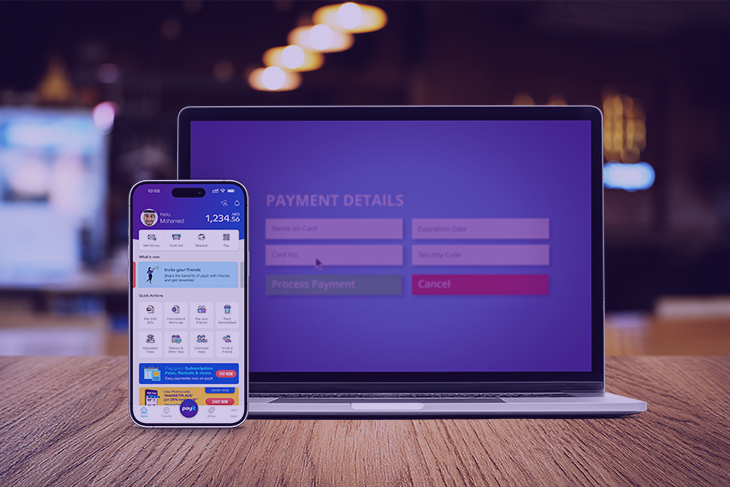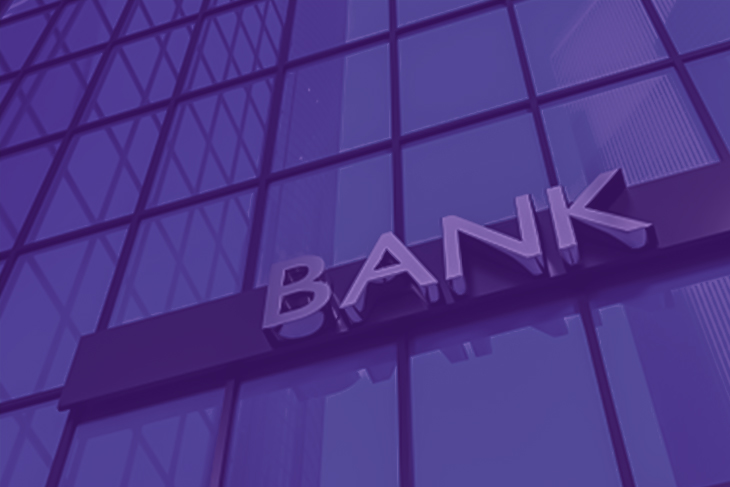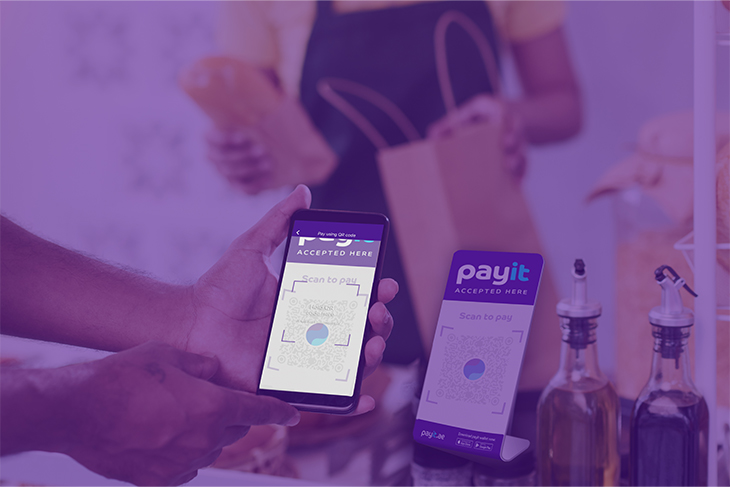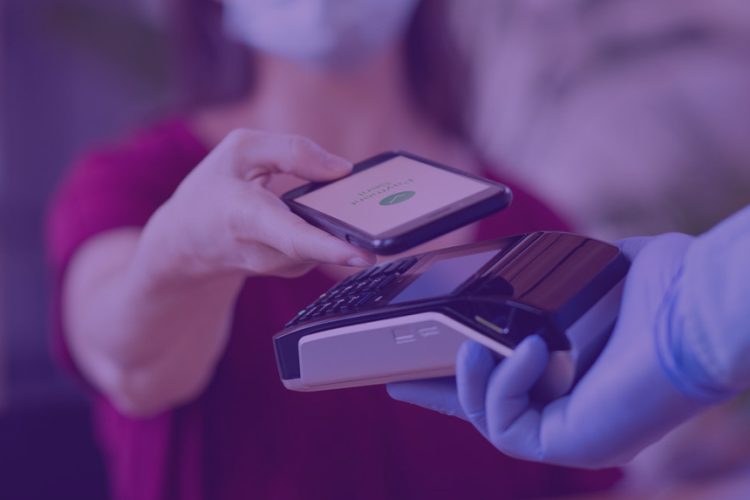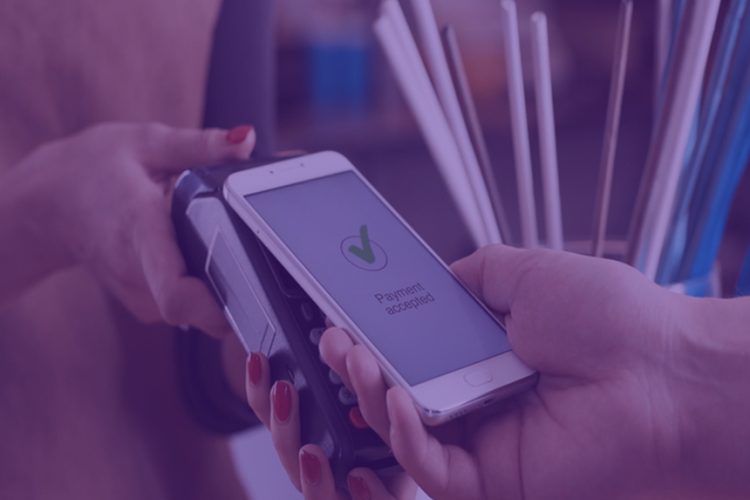-
-
January 24, 2022
-
No Comments
- 10 minutes read
Have you ever used a digital wallet? If you have used it, do you think it is better than debit or credit cards? With the growing popularity of mobile wallets, traditional credit/debit cards are being taken over by this new invention.
Digital wallets are a great innovation that is shaking up the world of banking. It has brought to the table many new features that make it stand out compared to traditional cards. It has led to the growth of contactless payments in the UAE, which now accounts for 13% of the total payments as a key player, compared to the initial 10%.
However, nothing has a hundred percent efficiency, and digital wallets are no exception. They have some downsides that credit/debit cards might cover. So let us look at using digital wallets vs bank cards Pros and Cons.



